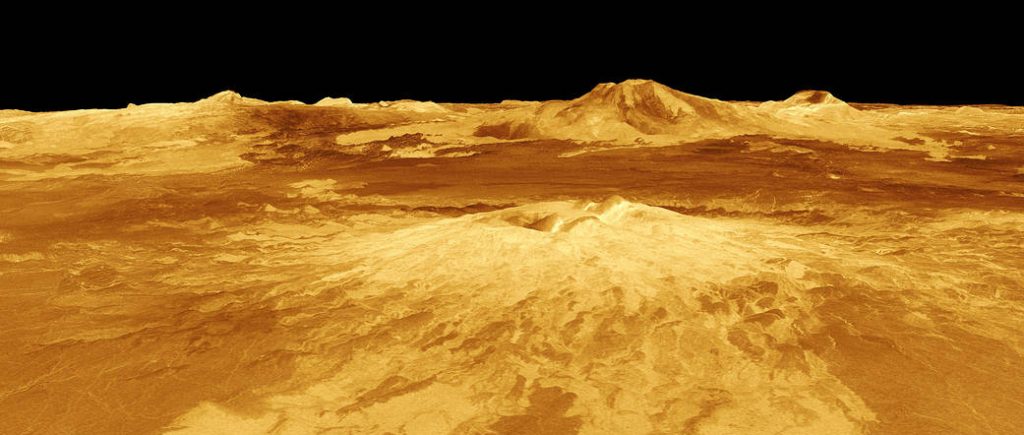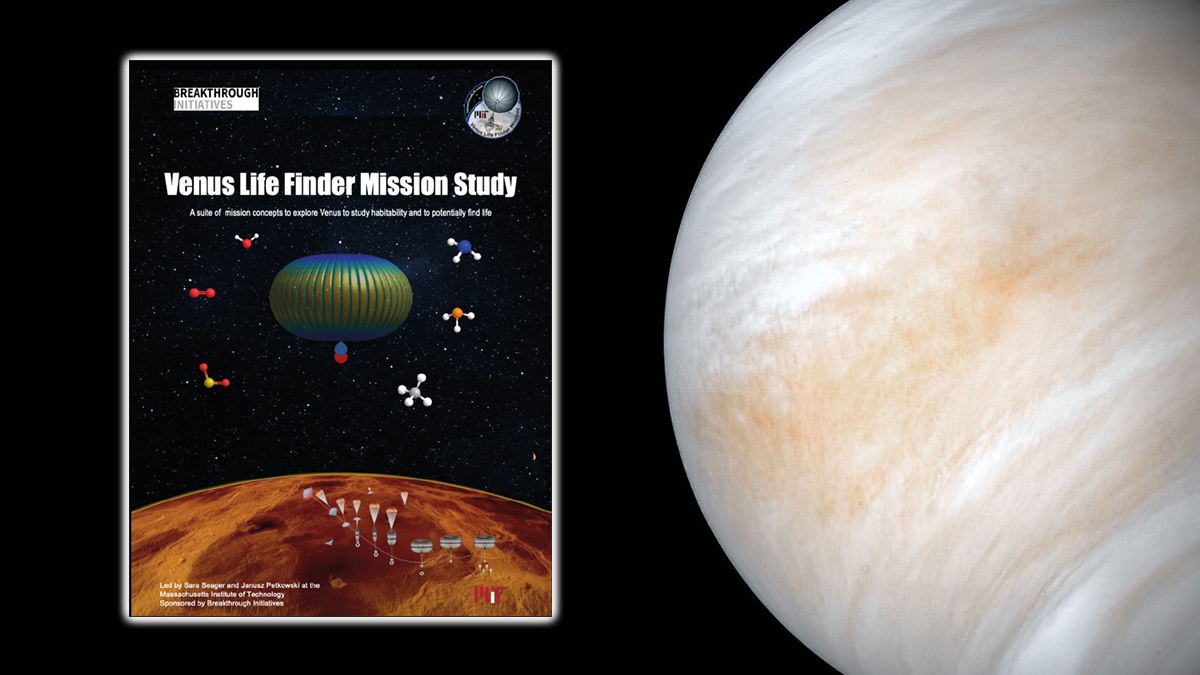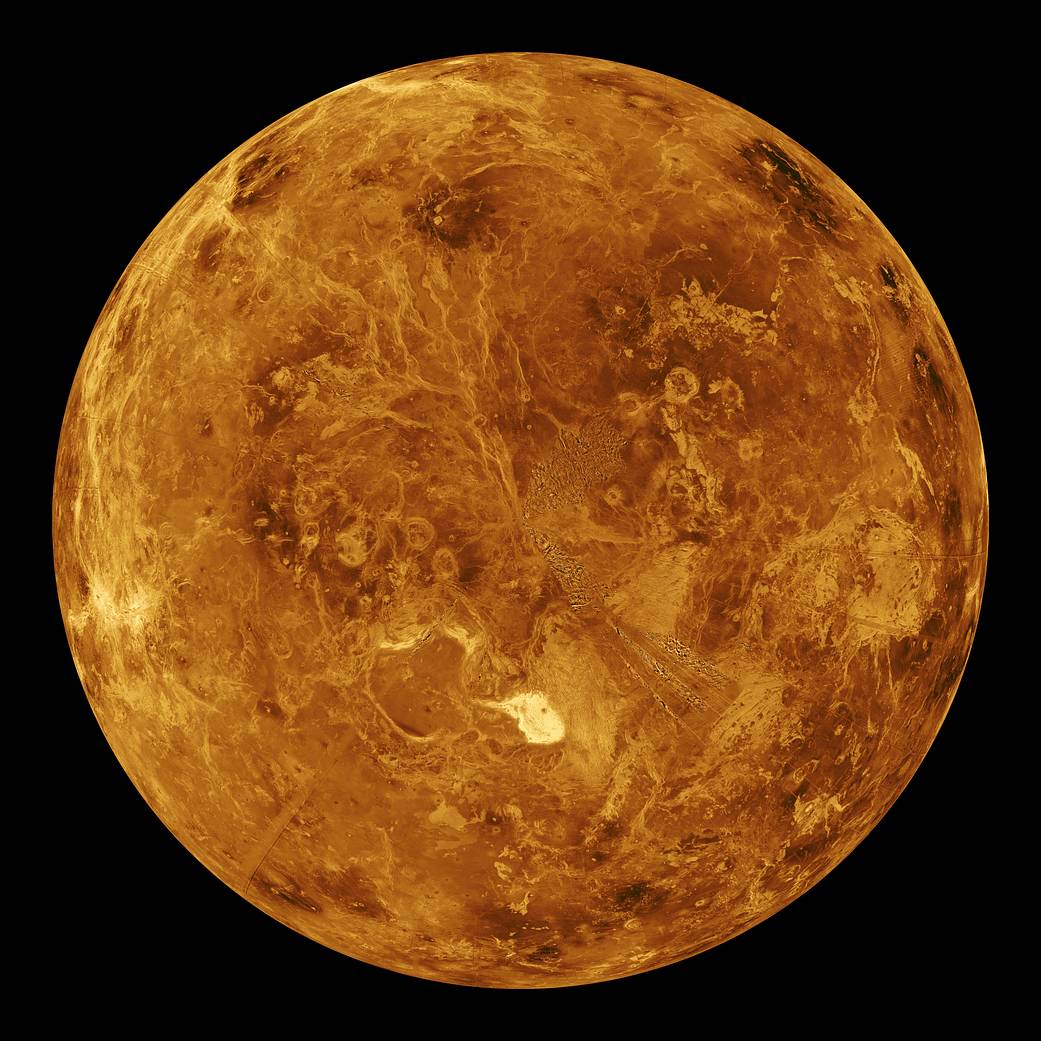The source of phosphine (PH3) on Venus is unknown. There could be an as yet unknown geochemistry or photochemistry process. Or, there could possibly be life in the Venus cloud layers producing PH3 (1). In a ~100 page paper we review the abiological scenarios and find none that can match the reported ~ppb levels of PH3. (2). Here we review the three independent papers that revisit some of these abiological processes.
Truong and Lunine 2021 suggest that explosive deep plume mantle volcanism could be responsible of Venusian PH3 (3). We have three counterarguments. First, production of PH3 via the Truong and Lunine 2021 model would require eruption volumes greater than any historical Earth volcanism rate, enough to build a volcano the size of Martian Olympus Mons in ~138 years (4). Second, the Truong and Lunine 2021 model requires an explosive-type volcanism in order for phosphides to reach the atmosphere (where the phosphides react with acid in the clouds to release PH3). On Earth this requires a water-rich environment, i.e., is a result of magma-ocean interactions or ocean floor subduction. Venus has no ocean, so there would need to be a brand new mechanism for explosive volcanism. Third, if P does come out of volcanoes, our thermodynamic calculations show that only a tiny fraction of P will be phosphides, the rest will be in an oxidized form. So even if phosphides could reach up into the cloud layers, there is not enough to generate the reported PH3 values.
Omran et al. 2021 suggest ablation of phosphide-rich large meteorite impactors as a temporary source of PH3 in Venus’ atmosphere (5). An impact would have had to have occurred within the past 1000 years. The most likely asteroid P carrier is Fe3P minerals (5), found in nickel-iron asteroids (and not the more common rocky asteroids which have P as phosphates). In this scenario the ablated phosphide-rich minerals would hydrolyze in the sulfuric acid environment of the clouds, thereby transiently releasing PH3 in the process (5). We have shown that PH3 will actually not form in this manner. The reason is that at ablation temperatures of >1500 °C, Fe3P minerals would react with thermal decomposition products of sulfuric acid, i.e. SO2, H2O and O2, forming various oxidized P species and not reduced species like PH3 (6). An alternative scenario of PH3 production on Venus proposed by Omran et al 2021 involves disproportionation of P4O6, but they do not show any calculations to compare with our previous assertion that the disproportionation is thermodynamically implausible by (1).
Kaiserova 2021 proposes a processes to form PH3 that is not conventionally considered in planetary atmospheres. The process requires a dry and acidic environment with a specific mineral composition (atmospheric dust containing, for example, titanium oxides). In addition, the proposed process involves a UV photocatalytic reduction of phosphorus oxides, like P4O6 (7). The analogous reactions have been studied for oxidized nitrogen (N2) and carbon (CO2) species with resulting products NH3 and CH4respectively. The proposed process has not yet been demonstrated but can be tested experimentally under simulated Venusian cloud conditions (temperature, pressure, UV radiation levels, mineral dust, etc.).
- W. Bains, et al., Phosphine on Venus Cannot be Explained by Conventional Processes. Astrobiology 21 (2021).
- W. Bains, et al., Phosphine on Venus Cannot be Explained by Conventional Processes. Astrobiology 21, 1277–1304 (2021).
- N. Truong, J. I. Lunine, Volcanically extruded phosphides as an abiotic source of Venusian phosphine. Proc. Natl. Acad. Sci. 118 (2021).
- W. Bains, et al., Constraints on the production of phosphine by Venusian volcanoes. Universe, in prep. (2021).
- A. Omran, et al., Phosphine Generation Pathways on Rocky Planets. Astrobiology (2021) https:/doi.org/10.1089/ast.2021.0034.
- W. Bains, et al., Venusian phosphine: a ‘Wow!’ signal in chemistry? Phosphorus. Sulfur. Silicon Relat. Elem., in press (2021).
- T. Kaiserová, Phosphine and nitrous oxide as false-positive biosignature gases in planetary spectra (2021).
Image Credit: NASA/JPL
The image was produced by the Solar System Visualization project and the Magellan Science team at the JPL Multimission Image Processing Laboratory.





